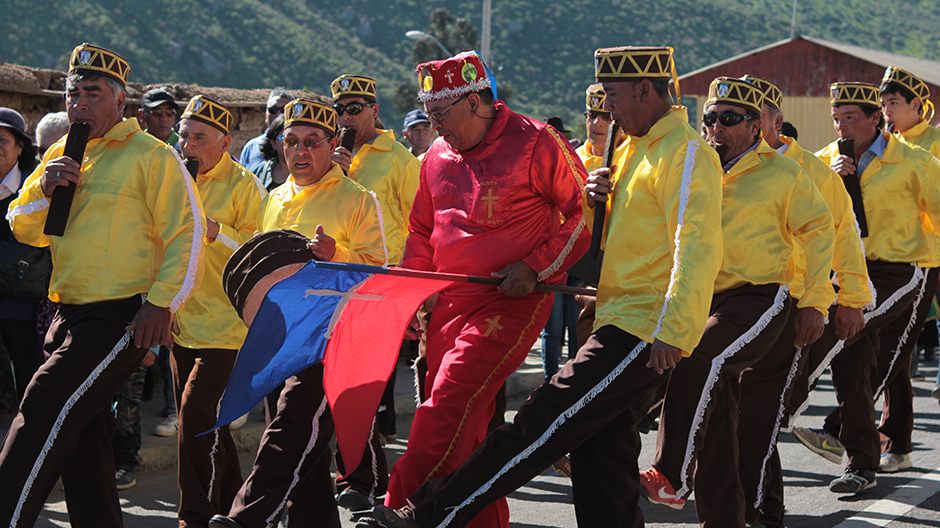The art of being Diaguita
- A little history
- Chino Dances
- Ways of “being Diaguita before the Inka period
- The origins of Diaguita art and culture can be found in Las Ánimas
- Several ceramic styles coexisted in the Norte Chico, representing different modes of “being Diaguita”. One of these was the Fourth Style.
- Like many pre-Hispanic peoples, the Diaguita felt a need to represent themselves in their ceramics
- Color was not the only way in which the Diaguita expressed their identity
- Diaguita ceramics exhibiting bird, feline and reptile faces
- Diaguita tricolor vessels and their shamanic geometries
- Identities in transformation
- The textiles of the Angualasto culture give us an idea of how their Chilean contemporaries, the Diaguita, dressed.
- Objects found in graves prove that Diaguita identity transcended death
- The Diaguita also had fertility cults
- Sounds and melodies accompanied Diaguita ceremonies and rituals
- Shamanic trance played a central role in “being Diaguita”
- By consuming hallucinogenic substances, certain individuals acquired the identity and powers of their guardian animals
- Ways of “being Diaguita” in Inka times
- After the Inka conquest, the Diaguita modified some elements of their culture
- The Diaguita served as agents of the Empire during the Inka expansion into Chile’s Central Valley
- As allies of the Inkas, the Diaguita helped with the administration of the Copiapó Valley
- The Diaguita and the “red metal”
- The Diaguita’s emblematic stone fascinated the Inkas
- The Norte Chico today: Diaguita, in their own way
- Epilogue
- Créditos
Chino Dances
Chino dance troupes are fraternities of musicians and dancers that participate in the popular religious festivities celebrated from the Copiapó to the Aconcagua valleys. Indigenous and mestizo miners, farmers, and fishermen express their faith by dancing to the sound of traditional flutes and drums. This sound, also made by the flutes found in archeological sites, has survived despite 500 years of domination as an expression of indigenous cultural resistance. The term chino means “servant” in the Quechua tongue, but it was used in Colonial times to refer disparagingly to the indigenous population. (Excerpt from the film, Andacollo by Nieves Yancovic and Jorge Di Lauro, 1959)




































